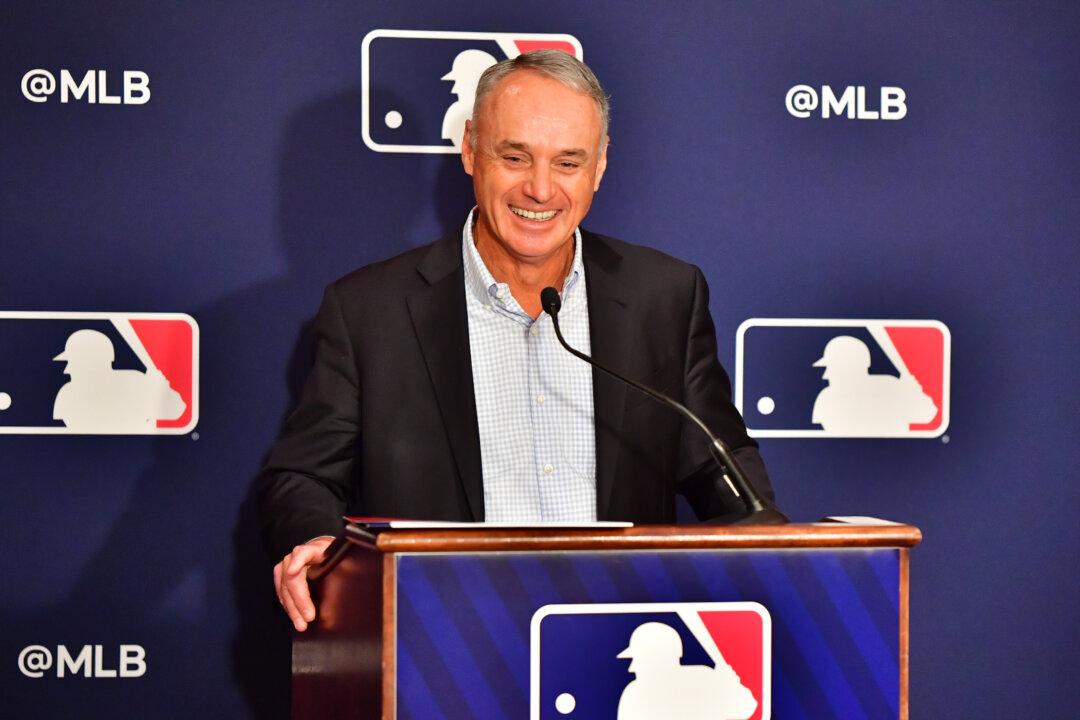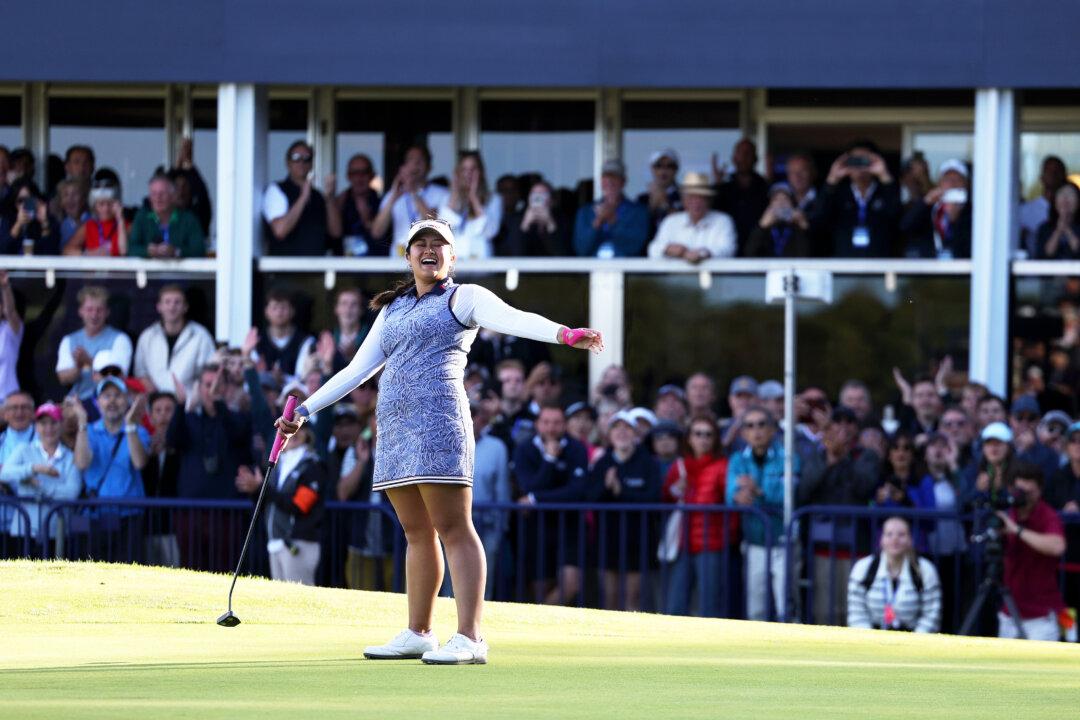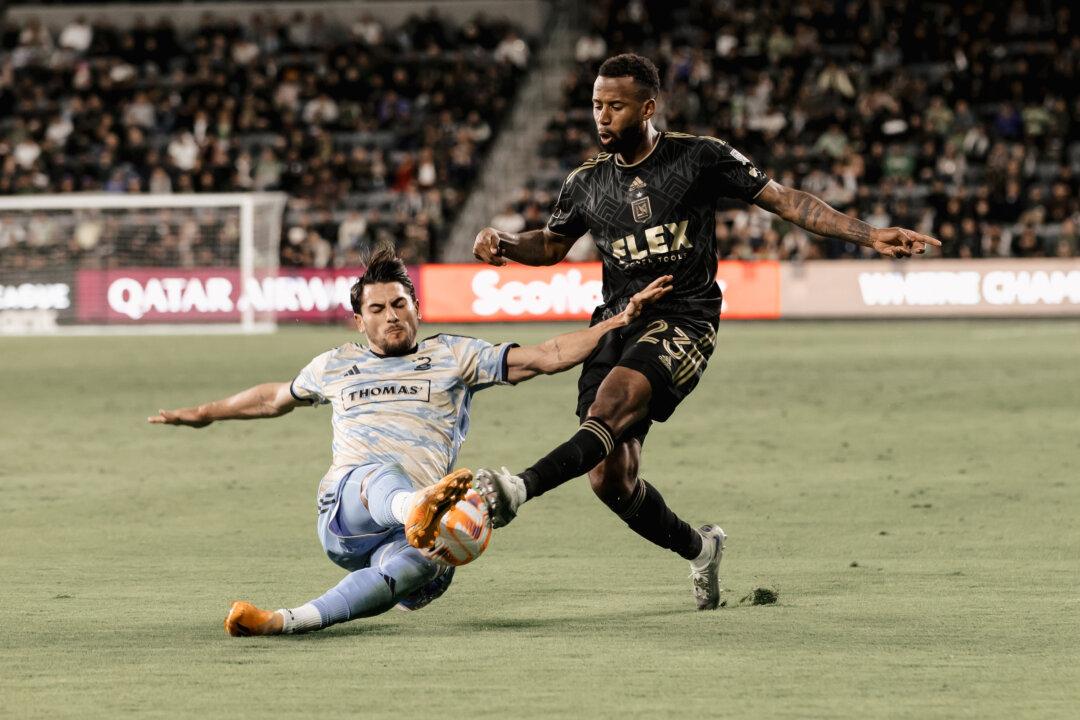Players reported to voluntary spring training on March 11, immediately after news that negotiations were successful between the league and the players union, ending the 99-day lockout of Major League Baseball (MLB); many players had already been practicing informally with teammates, awaiting the new collective bargaining agreement (CBA).
“We’re going to play 162 games,” said MLB commissioner Rob Manfred. “I have to say I am genuinely thrilled to be able to say that Major League Baseball’s back, and we’re going play 162 games ... by apologizing to our fans.”





